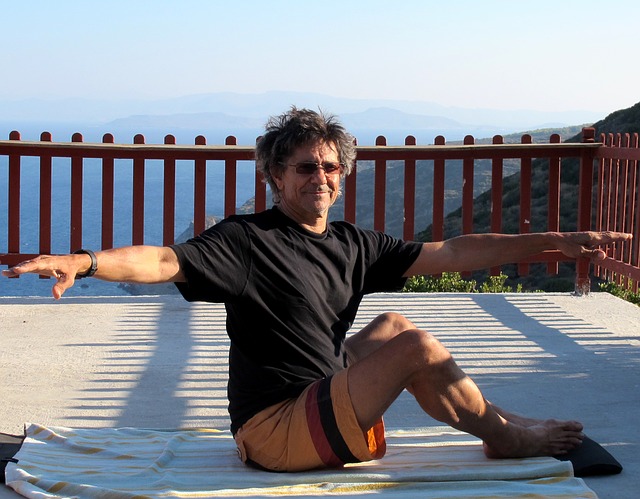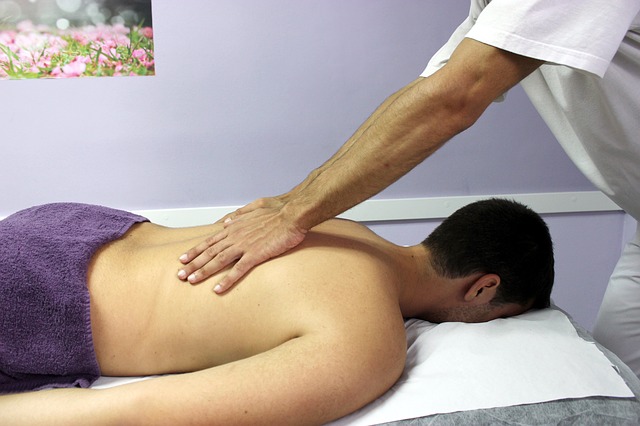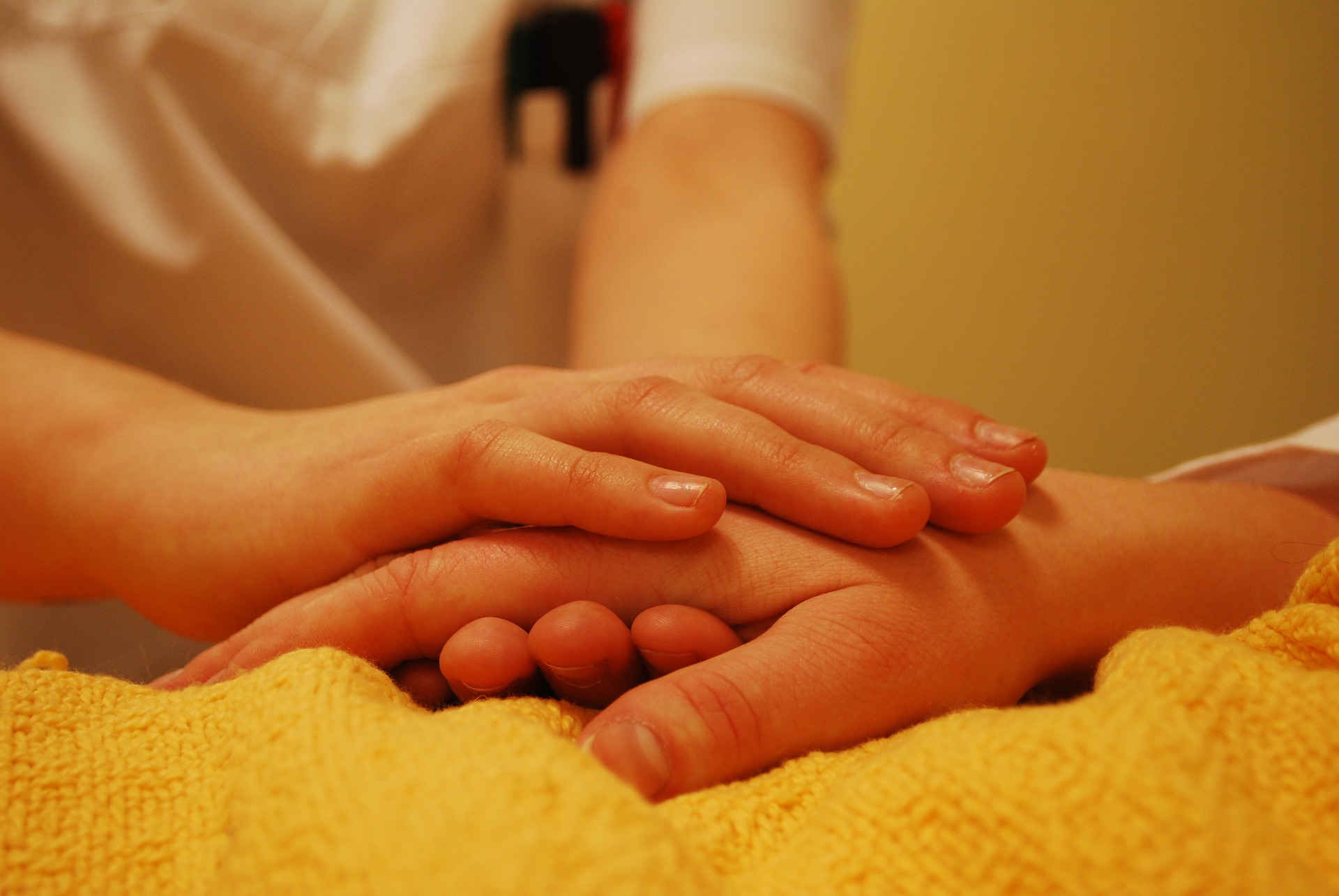What is Myofascia?
Myofascia is comprised of two words: Myo, meaning “muscle”, and fascia, meaning “connective tissue.” It’s usually just referred to as fascia. As the name suggests, it’s the soft tissue that holds together your muscles, nerves, and organs. It’s often described as a big net-like structure, running throughout the entire body, surrounding all the tissues. If you didn’t have fascia, your body would be a hilarious mess!
The thing about fascia, is that it’s dependent on hydration and movement. Have you ever tried to make gravy on the stove? You need to constantly stir, evenly distributing liquid, or else it will clump! That clump can be resolved with movement, pressure, and liquid. Likewise, if fascia gets dehydrated, the fibres become sticky and will clump. This will start to restrict your movement, and you will feel the ache of tight tissue. Fascia should be smooth, allowing excellent movement within your body.


How can you look after your fascia?
It’s not a case of drinking water to hydrate (although this is important!), tissue hydration comes from blood. Ground substance, carried by the blood, is the nourishing lubricant that counteracts the sticky nature of tissue fibres. It's vital for good myofascial health to keep moving. Moving your body creates heat, increasing blood flow, freeing the fascia.
The more you stretch and exercise, the healthier your fascia is, and the freer you can move. Lots of people tell me, “I don’t know why I’m so sore, I haven’t done anything!” They are often diagnosing their own problem without knowing it – our sedentary lifestyles are no friend to our bodies! Take care of yourself; go for a walk; do some gentle stretches; take up pilates; get up and go.

Myofascial Release Technique
This is a remedial massage technique. Although this is very slow and fairly gentle, it is certainly deep tissue work. MFR is performed on dry skin, no oil. Your massage therapist will apply pressure, not directly down, but in the direction of the fascia fibres. This pressure needs to be sustained until the tissue softens and yields. The therapist’s hands will not glide across the surface as with typical massage strokes, but they will move as the fascia moves. Patience is key for this treatment! The tighter the fascia, the slower the movement. As with any remedial technique, MFR is not necessarily relaxing, but it is immensely relieving.





